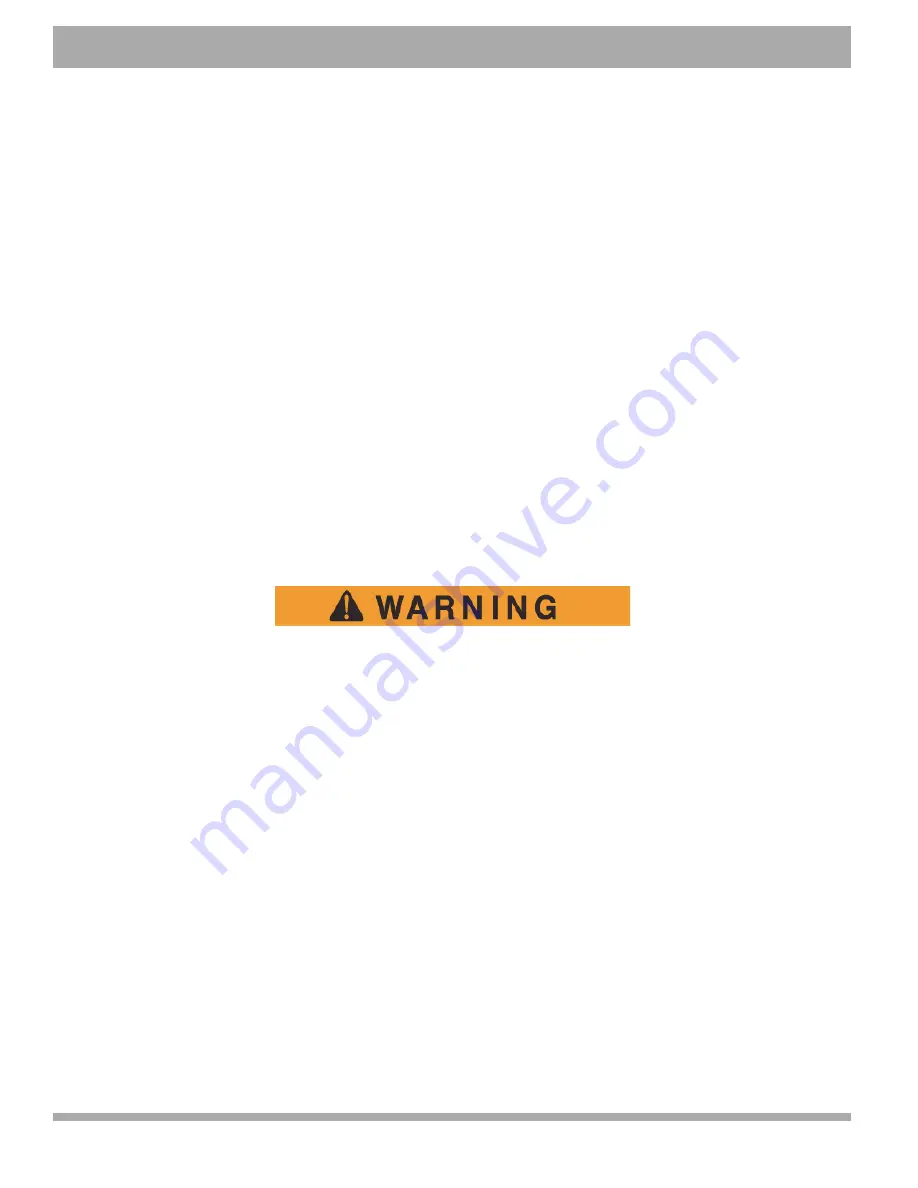
38
MAINTENANCE
Read all of SAFETY and this section before attempting any procedure. Pay particular attention to Notices, Cautions, Warnings and Dangers.
Owner’s Manual
Battery
A battery is defined as two dissimilar metals immersed in an acid. If the acid is absent or if the metals are not dissimilar,
a battery has not been created. The batteries most commonly used in these vehicles are lead acid.
A battery does not store electricity, but is able to produce electricity as the result of a chemical reaction which releases
stored chemical energy in the form of electrical energy. The chemical reaction takes place faster in warm conditions and
slower in cold conditions. Temperature is important when conducting tests on a battery and test results must be corrected
to compensate for temperature differences.
As a battery ages, it continues to perform adequately except that its
capacity
is diminished. Capacity describes the time
that a battery can continue to provide its design amperes from a full charge.
A battery has a finite life, therefore good maintenance is designed to maximize the
available
life and reduce the factors
that can reduce the life of the battery.
Battery Maintenance
Tool List
Qty.
Tool List
Qty.
Insulated Wrench, 9/16” .............................................. 1
Battery Carrier............................................................. 1
Hydrometer.................................................................. 1
Battery Maintenance Kit P/N 25587-G01 .................... 1
Battery Protective Spray.............................................. 1
There is one battery under the cowl; the remaining batteries are located under the seat. The single battery under the cowl
is equipped with a battery fill system tube that is located in the passenger side glove box. The batteries under the seat
can be accessed by raising and removing the seat bottom and battery cover.
At Each Charging Cycle
To reduce the possibility of fire, never attach a battery charger to a vehicle that is to be unattended
beyond the normal charging cycle.
Before charging the batteries, inspect the plug of the battery charger and vehicle receptacle housing for dirt or debris.
Charge the batteries after each days use.
Monthly
•
Inspect all wiring for fraying, loose terminations, corrosion or deterioration of insulation.
•
Check that the electrolyte level is correct and add suitable water as required.
•
Clean the batteries and wire terminations.
•
Torque battery terminal nuts to 95 - 105 in. lbs. (11 - 12 Nm).
•
Coat battery terminals with commercially available protectant.
•
Replace all terminal covers.
•
Replace battery compartment cover and note service date on chart.
Summary of Contents for 640690-G
Page 1: ...OWNER S MANUAL 640689 G RECOIL iS REVISED FEBRUARY 2016 ISSUED JULY 2014...
Page 8: ...B vi TABLE OF CONTENTS Owner s Manual...
Page 57: ......
Page 58: ......















































